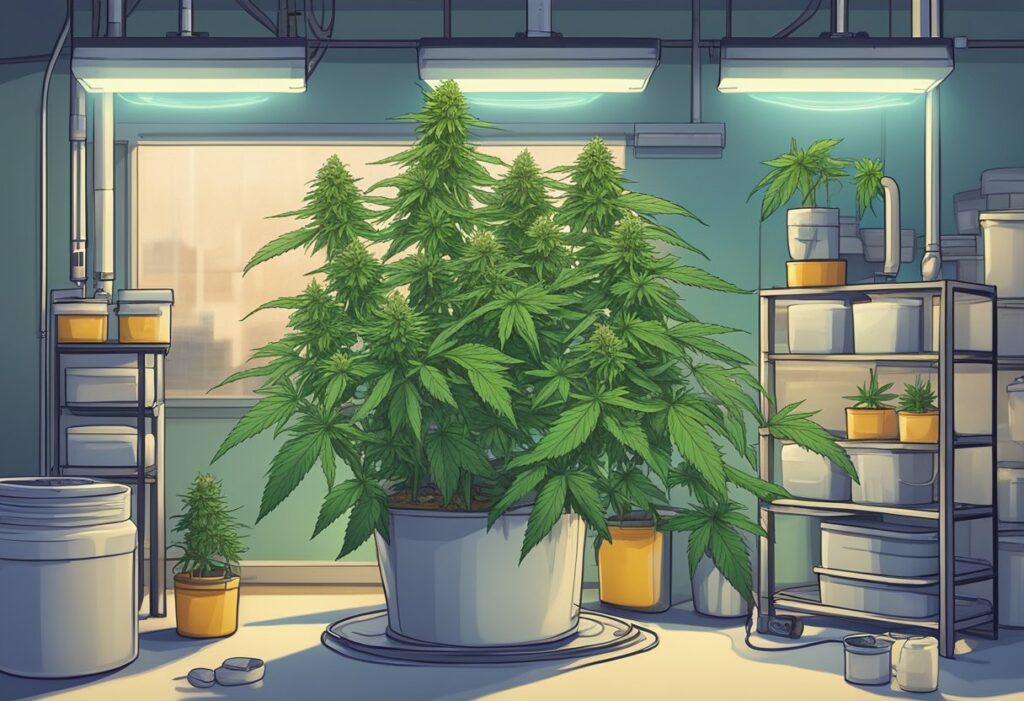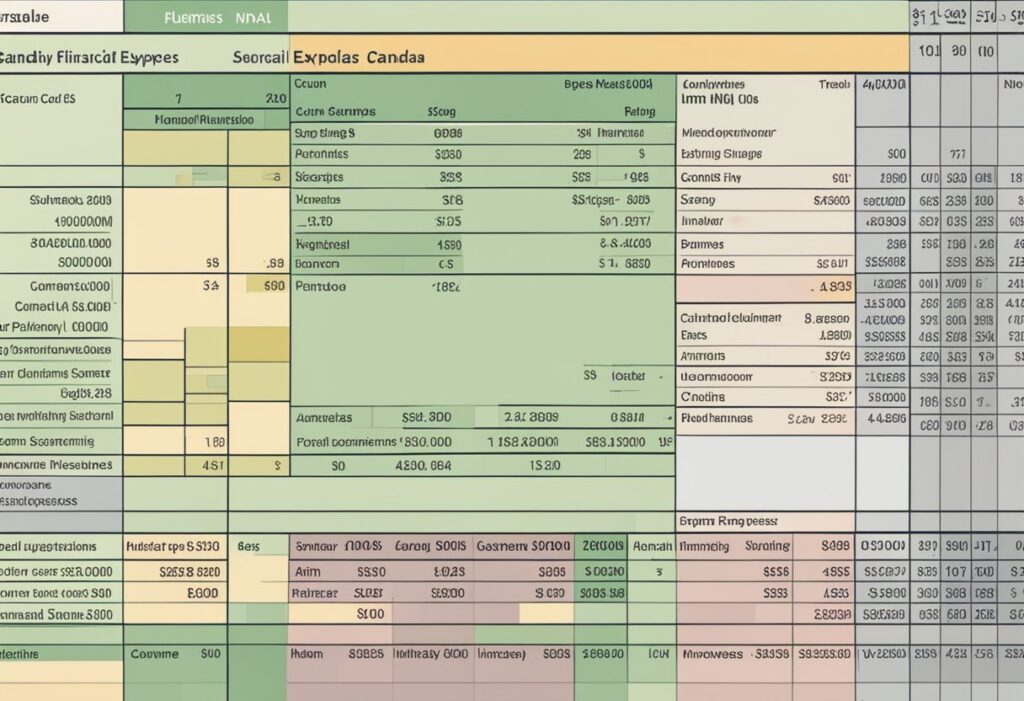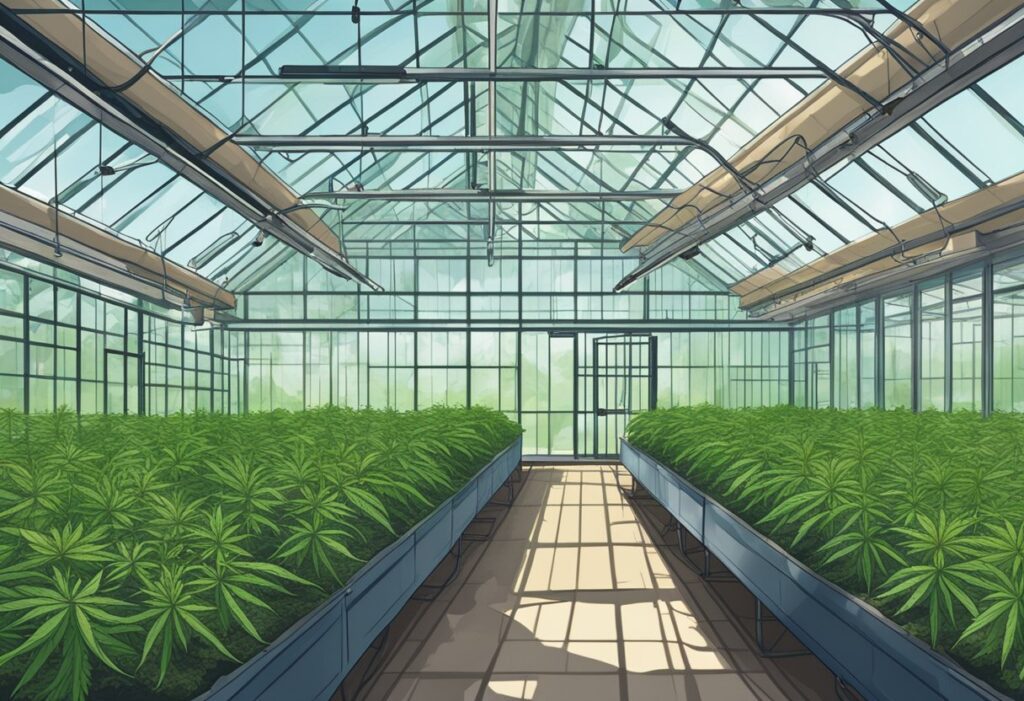
In Canada, your approach to cultivating autoflowers hinges on understanding their unique characteristics and how to tailor your grow environment to foster their development.
Autoflowering cannabis plants are prized for their ability to shift from the seedling stage to the flowering phase without the need for specific light cycles. This genetic feature stems from their Ruderalis heritage, which imbues them with a rapid vegetative growth cycle and a flourish into the flowering stage after just a few weeks. As you embark on growing autoflower seeds in Canada, recognize that these plants’ compact stature makes them an excellent choice for indoor growers or those with limited space.
For your autoflowers to thrive, it’s vital to maintain temperature ranges between 70-85°F (21-29°C) and humidity levels at 40-60%. Indoor growers can benefit from full-spectrum LED lights, which provide a consistent light source that’s not reliant on unpredictable outdoor conditions. If you’re an outdoor grower, selecting a location that meets these climate conditions can be crucial. Remember, autoflowers are adaptable, but extreme conditions could hinder their growth.
Autoflower genetics are primarily influenced by Ruderalis, but they also contain Indica or Sativa traits. Each genetic strand will impact your plant’s size, yield, and appropriate growing environment. Indica-dominant autoflowers might be more robust in colder climates, while Sativa-dominant ones may require a bit more room to stretch. It’s essential to choose the right genetics to align with your growing conditions, goals, and climate while understanding that autoflowers generally have a shorter, more forgiving vegetation period before entering the flowering phase.

When venturing into cultivating autoflower seeds in Canada, the financial side cannot be overlooked. Your ability to manage finances effectively is key to successful cultivation. Proper financial planning helps you predict expenses and potential income, guiding you toward your financial goals, whether they’re focused on savings, debt reduction, or investment.
To start off, list all foreseeable expenses associated with growing autoflower seeds: housing for your plants, fuel for temperature control, utilities, and equipment. Use a budget planner or a spreadsheet tool like Excel to visualize your spendings. Break down your costs into categories such as:
Plan for an emergency fund to cover unexpected costs without derailing your operation.
Calculating costs requires you to be detail-oriented. Keep track of every dollar spent, from the initial purchase of your autoflower seeds to the day-to-day expenses of running your grow operation. Then, project your potential income based on yield estimates and current market prices. Create charts to compare your monthly costs against your projected income. This visual can guide you to adjust your spending habits, avoid overspending, and stay on course for your short-term and long-term goals.
Embrace modern tools to streamline your budgeting process. There are budgeting apps and financial planning software designed to keep you organised and in control. These tools often provide useful guidelines and can automatically create charts and tables, making it easier for you to track your financial well-being. Additionally, they can be set up to alert you when you’re approaching overspend in any category, facilitating a quick and informed reaction to maintain your budget’s integrity.

When planning to grow autoflower seeds in Canada, it’s essential to consider the impactful cultivation techniques and cost-saving strategies that can streamline your process and maximize your yields. These will help you manage resources efficiently while achieving the best possible outcomes.
Efficient management of nutrients and water is vital for healthy plant growth and can significantly reduce expenses. Monitoring the pH level of your soil or hydroponic solution ensures that your plants can absorb the maximum amount of nutrients. Adequate feeding schedules depending on the life cycle stage of your autoflowers will prevent both underfeeding and the costly mistake of nutrient burn.
Indoor growing demands artificial lighting, which can be expensive. Nevertheless, opting for LED lights can be a cost-effective solution as they are energy efficient and produce less heat, reducing the need for cooling equipment. Keep your autoflowers under a consistent light schedule of 18 hours on and 6 hours off to optimize their growth without incurring the cost of a 24-hour light cycle.
Sustainability in cultivation can lead to long-term cost savings and can be achieved through practices like low-stress training (LST), which enhances light exposure and potentially increases yield without the need for expensive equipment. Reusing soil, when proper sterilization and nutrient replenishment methods are employed, can decrease the costs tied to purchasing new growing media. Embrace multiple harvests by staggering plantings, which ensures a continuous production without a peak in expenses at any given time.
With these strategies, your focus on the efficient use of resources and sustainable practices will not only extend the life of your equipment but also make the most of your autoflower seeds in Canada.
Your initial investment will cover equipment like grow lights, ventilation systems, and growing medium. Acquiring high-quality autoflower seeds in Canada forms a significant part of start-up expenses, as well as any legal permits required for cultivation.
Operating expenses hinge on the scale of your grow operation and choices in resources. This includes ongoing costs like electricity, water, nutrients, and labor. The efficiency of your setup in terms of energy consumption and the local rates for utilities will impact your monthly outgoings.
To manage nutrient costs, opt for high-quality fertilizers that align with the specific needs of autoflower plants. It’s important to balance sufficient feeding without overdoing it, as nutrient burn can add unexpected costs and harm your crop.
LED lights are a popular choice for their energy efficiency and longevity. Positioning your lights correctly to maximize coverage can reduce the number needed. Additionally, align your lighting schedule with lower electricity rates where possible.
Calculate ROI by estimating the potential yield of your autoflower plants and the market price for the harvest in Canada. Subtract the total cultivation costs from the projected income. Remember to account for both direct and indirect costs to get an accurate estimation.
We ship and deliver world wide via USPS and various couriers.
We offer a wide range of secure and anonymous online payment options.
We care about you, our customer. Please contact us with any questions or concerns.
Find out more about the benefits of being a loyal and regular customer.
WE ARE EVERY GROWERS ONE STOP SHOP TO ACQUIRE PREMIUM CANNABIS SEEDS FOR SALE IN THE USA, CANADA AND AUSTRALIA

Farmers Lab Seeds 2024, | All Right Reserved
Seeds are sold as novelty items, souvenirs, and collectibles. They contain 0% THC. We encourage our customers to check the legislation in their Country, State, Province, and Municipality prior to purchasing items from our store. We do not provide growing information.
All seeds are sold as hemp, and lab tested under 0.3% THC. This product is not for use by or sale to persons under the age of 21. This product should be used only as directed on the label. It should not be used if you are pregnant or nursing. Consult with a physician before use if you have a serious medical condition or use prescription medications. A Doctor’s advice should be sought before using this and any supplemental dietary product. All trademarks and copyrights are property of their respective owners and are not affiliated with nor do they endorse this product.
These statements have not been evaluated by the FDA. This product is not intended to diagnose, treat, cure or prevent any disease. Individual weight loss results will vary. By using this site, you agree to follow the Privacy Policy and all Terms & Conditions printed on this site. Void Where Prohibited by Law.